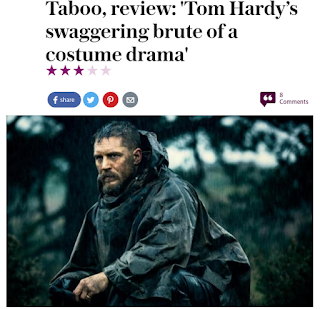Laura Mulvey
1975 (almost was everything was objectification of women - now there are more examples where the male gaze is reversed or equalised or attempts not to objectify at all)
Using the theory of visual pleasure and the male gaze
femininst film scholar
argue that female characters are represented as passive objects of male sexual desire
'The Male Gaze'
Scopophilia is the pleasure that you can get from looking
Cinema offers these pleasures voyeuristically (looking at something without the subject of what youre looking at knowing youre looking)
Laura Mulvey's theory would mean that the audience are being satisfied the male's scopophilic desires
A woman connotes something to be looked at - their purpose is to be looked at in cinema form (everybody is ridiculously attractive.
It still happens e.g. Transformers 1, Megan Fox.
The Look
Mulvey identified three different ways of looking in cinema:
The look of the camera that records the film
The look of the audience that views the film
The look of the characteres within the film
On the other hand:
The theory focuses on heterosexual male spectators
It assumes audiences respond to the text in a uniform way
Ignores the possibility of males providing visual pleasure
Kathleen Rowe argues that being the object of the gaze is a position of power
Bechtdel Test
More thean 2 females
Have a coneversation by themselves
The conversation is about something other than men
Gender and Ideology
Masculinity and feminity are socially constructed.
Ideas about gender are produced and reflected in language.
Feminism is a label that refers to broad range of views containing one shared assumption - gender inequalities in society, historically masculine power (patriachy) excercised at right of women's interests and rights.
Particulary in relation to film, objectification of women's bodies in the media has been a constant theme.
Laura Mulvey argues that the dominant point of view is masculine.
Jib Fowles "in advertising, males gaze and females are gazed at."
Paul Messaris "female models addressed to women....appear to imply a male point of view."
Postmodernism
Baudrillard
 Basics;
Basics;
It is essentially the breakdown of barriers
It could be between:
high art and low art
organic and artificial
male and female
between texts themselves
and between what is real and what is not
jean Baudrillard (1929-2007)
He argues our society has become so reliant on representations that we have lost contact with the real.
There is no distinction between reality and representation, only the simulacrum.
Simulacrum - a copy that now has more reality than the object it is a copy of.
something is more real than the real itself.
Creating the simulacrum
You start with a real object
the object then becomes a representation
the representation then becomes more important and 'real' to us than the original, it is hyperreal.
this fundamentally destroys the original eventually meaning everthing is a copy.
future representations are then copies of a copy and so on.
he has a problem with the idea of representation
representation implies there was something there originally to represent
but in his view, how can one represent something that does not exist? - its the copy that exists/
Stereotypes
O'Sullivan details that a stereotype is a label that involves a process of categorisation and evaluation.
We can call stereotypes shorthand to narratives because such simplistic representations define our understanding of media texts - e.g. we know who is good and who is evil.
Stereotypes tell the audience everything they need to know very quickly.
They are purposeful - shorthand - a way of telling a story
First came by Walter Lippmann the word stereotype wasn't meant to be a negative and was simply meant as a shortcut or ordering process.
In ideological terms, stereotyping is a means by which support is provided by one group's differential against another - we do it for a reason because we want to maintain our identity
Richard Dyer the types produced by different social groups according to their sense of who belongs and who doesn't, who is 'in' and who is not.
Tessa Perkins says, however, that stereotyping is not a simple process. She identified that some of the many ways that stereotypes are assumed to operate aren't true.
They aren't always negative - french good cooks
They aren't always about minority groups or those less powerful - upper class twists, posh etc.
They are not always false - supported by empirical evidence, proof
They are not always rigid and unchanging, as time passes stereotypes change. It used to be working class people and dumb and lazy, nowadays the stereotype has changed and they are seen as industriuos and hard working.
Perkins argues that if stereotypes were always so simple then they would not work culturally and over time.
Have I challenged any stereotypes?
In challenging this stereotype I am hoping to move this stereotype onwards - changing the stereotypes, making a progressive change (Tessa Perkins)
Dyer details that if we are to be told that we are going to see a film about an alcoholic then we will know that it will be a tale either of sordid decline or of inspiring redemption.
"representations in media texts are often simplistic and reinforce dominant ideologies so that sudience can make sense of them"
































